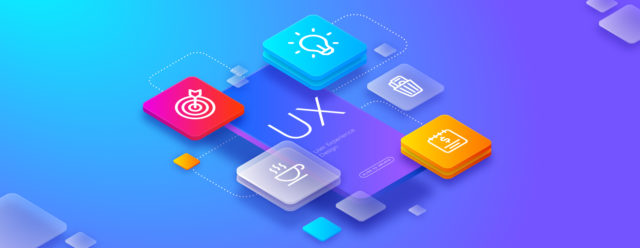A complex and drawn-out procedure goes into creating a digital product. Without sound UX research, it can be difficult to anticipate whether people will like and use your service. Utilizing UX research techniques can be very beneficial in your effort to produce the best user experience. Nevertheless, it’s simple to lose sight of them or become daunted by the variety of solutions that are available.
Because of this, using and comprehending the major differences between different types of UX research methods will help you reach your target audience and ultimately produce a product that is genuinely helpful for them. You’ll gain important insight into how people interact with your product or service and how you can change it to better meet their requirements and wants with the help of the technique you carefully selected.
“UX research is a crucial step in the design process that must be completed to make sure the final product meets customer expectations, addresses business problems, and has the features necessary to compete in the market.
This manual explains how to use each of the key UX research techniques to enhance usability throughout the design phase.
Top executives can use the article’s list of UX research techniques to help their digital goods become more usable and produce better financial results. Around specialists will assess the demand for UX research, the major factors, and justifications for its significance, and the practical outcomes the designers can anticipate from this methodology by drawing on our extensive experience in UX design.
The best working procedures pertinent to various business tasks will be covered in the summary of the precise UX research methods:
- usability testing,
- user interview,
- focus groups,
- A/B testing.
You’ll receive a helpful guide to conducting your own UX research as a consequence, which will enable you to create the greatest digital product that precisely addresses consumers’ demands and outperforms the competition.
Table of Contents
Top UX Techniques
There are many different UX research methods and approaches in general. The selection that is best depends on the goals of a product and the desired outcome. Understanding the target audience’s segmentation and the variety of solutions presently available on the market is crucial before selecting a specific instrument from the list of research methodologies.
These actions aid in better positioning and aim articulation, which guarantees that the approach for UX research chosen is appropriate.
UX experts typically employ a variety of strategies to gather information about users, ascertain their motivations, and establish a target persona. While providing a comprehensive list of UX research techniques could be confusing, we wanted to highlight some of the most well-liked and effective ones and illustrate the use cases that are pertinent to each.
Usability Testing
Why a usability test?
Usability testing, one of the most common user research methodologies, is important for creating new products since the existing solution, with its interface, metrics, identified pain areas, and customer feedback is vital for development. UX research methods will help in revamping and making the solution more client-oriented for such products, as well as improving the present functionality and logic.
The best outcomes are achievable after performing a UX audit on a digital product, which entails a critical evaluation of interface usability, content, actions, and UX patterns for formulating enhancement-related hypotheses. We strongly advise combining usability testing with UX competitive analysis as a result. The advantages and disadvantages of alternative services, then, give your theories concrete examples and support.
Essential components of usability testing.
Conducting a successful usability test could initially seem challenging given the large number of aspects you should consider in the research. However, it will be simpler once you get going with some short preparation or seek out expert assistance. In the end, the benefits you’ll get from utilizing user-centered design techniques will undoubtedly be worth all of your effort.
User Interview (To Understand How They Interact with the Product)
Conducting in-person user interviews is the most practical approach to UX research methods. These provide you the chance to directly inquire about the customs and expectations of the user. An interview with a single user can, at its finest, be a thorough discussion in which you discover not just what they do but also why they do it that way. When building features or products with specific use cases in mind, it is incredibly helpful.
User Testing Rules
Focus group management is a true art, and many businesses employ full-time personnel only to manage them. If you’re short on time and money, think about working with a research company that employs expert moderators who hold focus groups every week for hundreds of businesses. If you’re running your own focus groups, be careful to plan ahead as much as you can to receive the most insightful results and reap the full potential of this UX approach.
In this approach, actual users test the user interface and then debate their findings in a group setting. Focus groups are a great technique to learn about a certain user segment because of how much and how in-depth information you may obtain.
Wrapping It Up
This article outlined the value of UX research methods for the design process and provided examples of the practical strategies and equipment you may use to successfully finish this phase. It’s time to begin the actual research now! December labs can assist if you’re new to this and have trouble deciding which kind of user research to conduct.








